Image

Ziyu Wei
Re-Occupation
Image

Abstract
Buildings often survive longer than a single human generation, and many witness significant transitions from generation to generation. When we approach varied eras that have washed over an unchangeable building like tides eroding a bank repeatedly, how can we distinguish the building’s primary identity and judge its fate?
In Northeastern China, a Japanese dormitory survives as a witness of Manchurian colonization, early socialism, and the economic recession that caused its abandonment until today. The city also suffers a swiftly aging population and brain drain as the brightest of the youth move away. How can an intervention build dialogue and revive a declining city? How can space reshape cultural cognition and confidence for migrated young people to return home? How can the architecture engage with the binary of history and ideology? Architecture is not an embodiment of form and function, but an armature for history and memory. This thesis not only proposes to change the situation and revitalize the local society but calls for research, contextualization, questioning, and reinterpretation of many epochs of history in Northeastern China. The paintings, videos, and architectural interventions that compose this thesis are an ensemble of this obsession and nostalgia.
In the last two decades, a range of cultural phenomena, including popular music, comedy, sentimental literature, and movies originate from the Northeast and influence all of China. This rich cultural landscape demands an equal architectural renaissance in the Northeast. The pioneers of this renaissance are an existing vernacular form: bathhouses, which contain multiple services and experiences. Inherited from the worker class "banya" in soviet Russia, today’s Northeastern bathhouse is a microcosmos to integrate different groups of people. By occupying the central public space in the dormitory as a water hub including bath and entertainments, I create a catalyst within the abandoned building. Programs including retirement accommodation and kindergarten engage many generations and aim to reuse the old dormitory for solving new social issues. A reincarnated Soviet-era theater commemorates divested collectivism. Tangled geometries decolonize the rigid plan and shape new relationships between different programs. The rest of the site remains empty, ready to embrace the local community and keep changing as identity shifts in the future. Architecture makes a new history, while history also makes a new architecture.
Architecture is not an embodiment of form and function, but an armature for history and memory. This thesis not only proposes to change the situation and revitalize the local society but calls for research, contextualization, and reinterpretation of many epochs of history in Northeastern China.
Contextualizition: The Way Back
Video file
Image
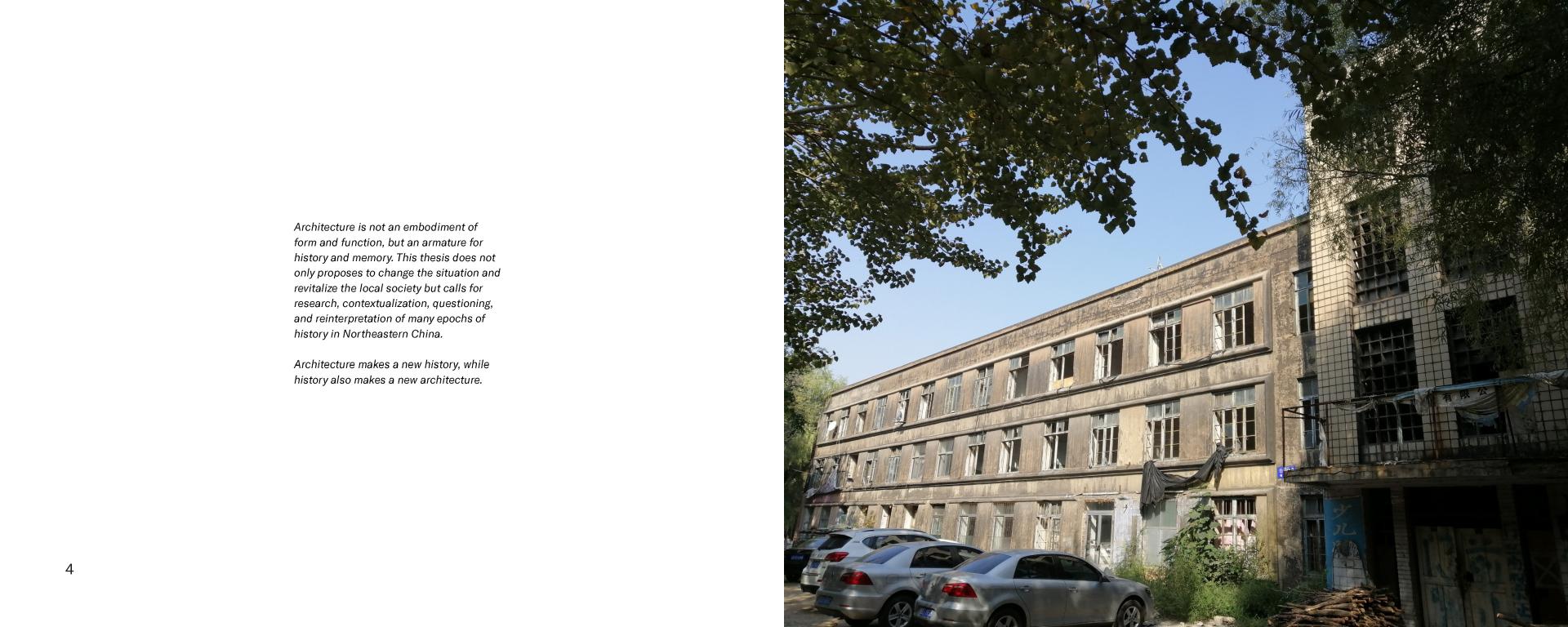
Image

Image
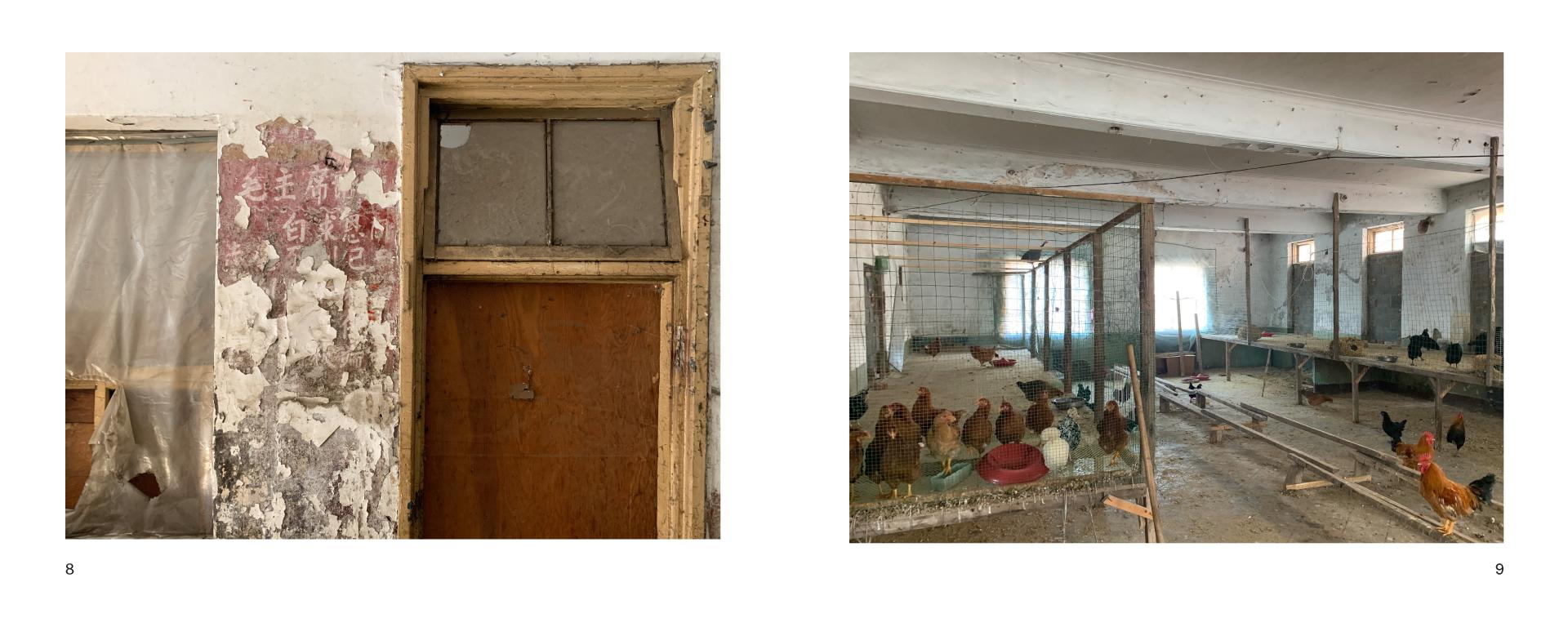
Image

Image
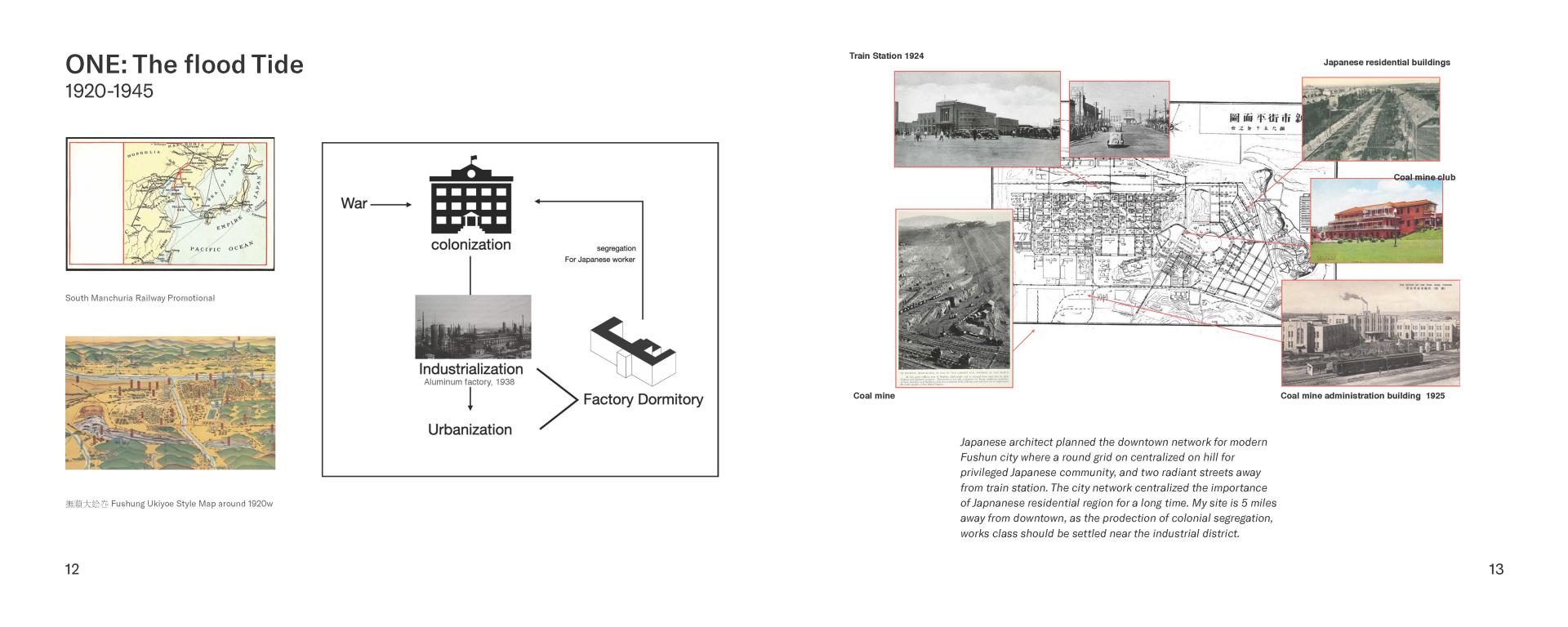
Image
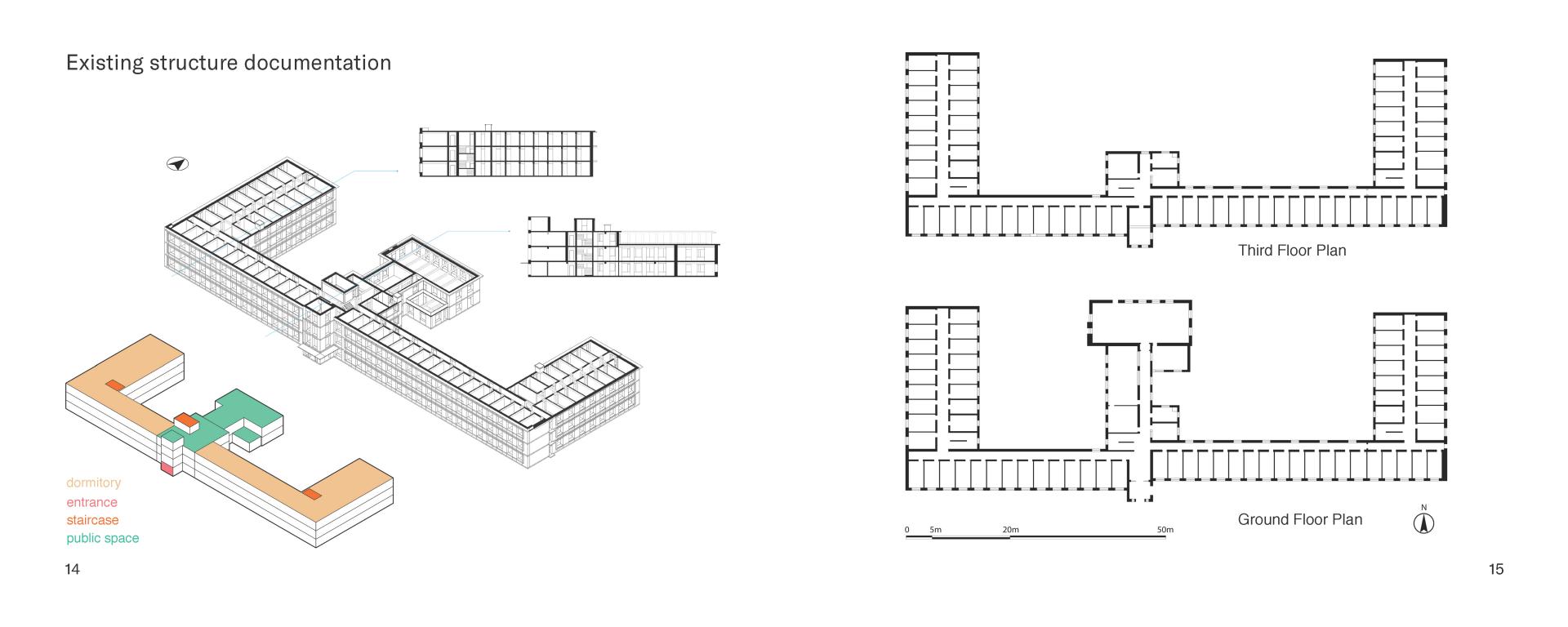
Image
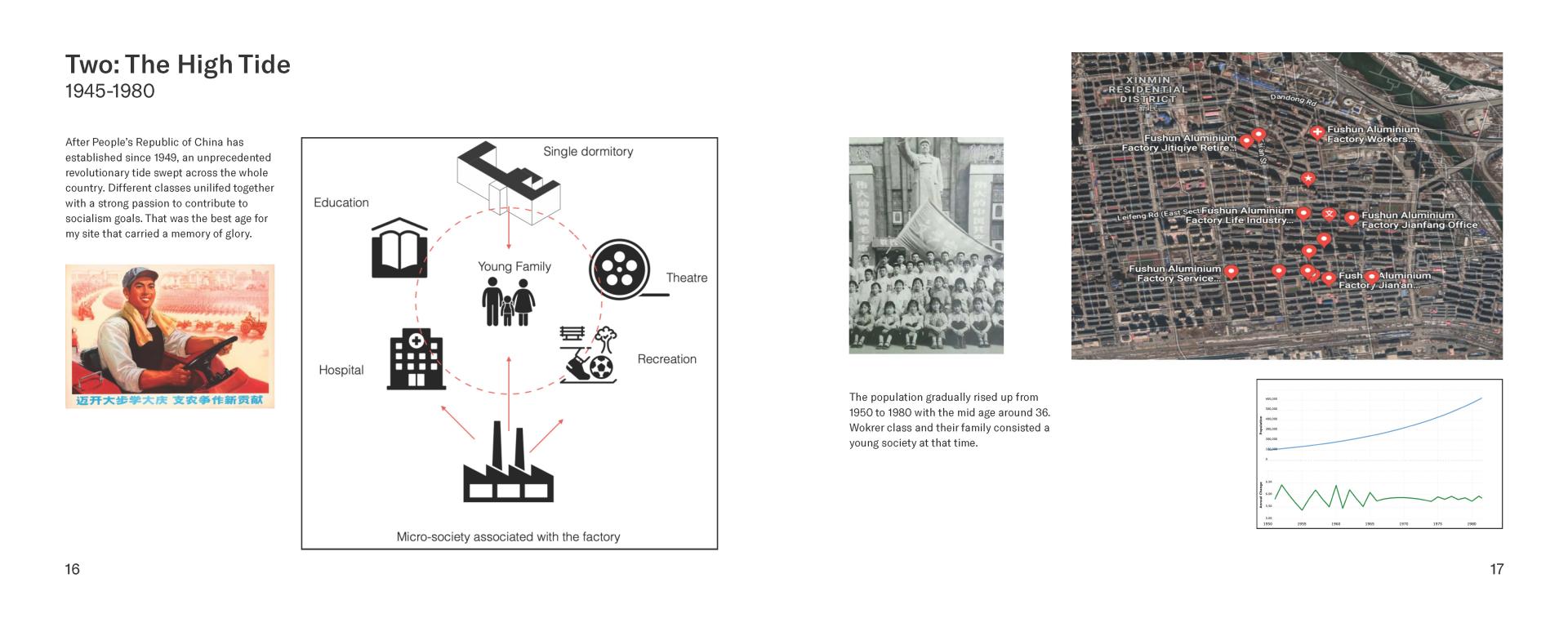
Image
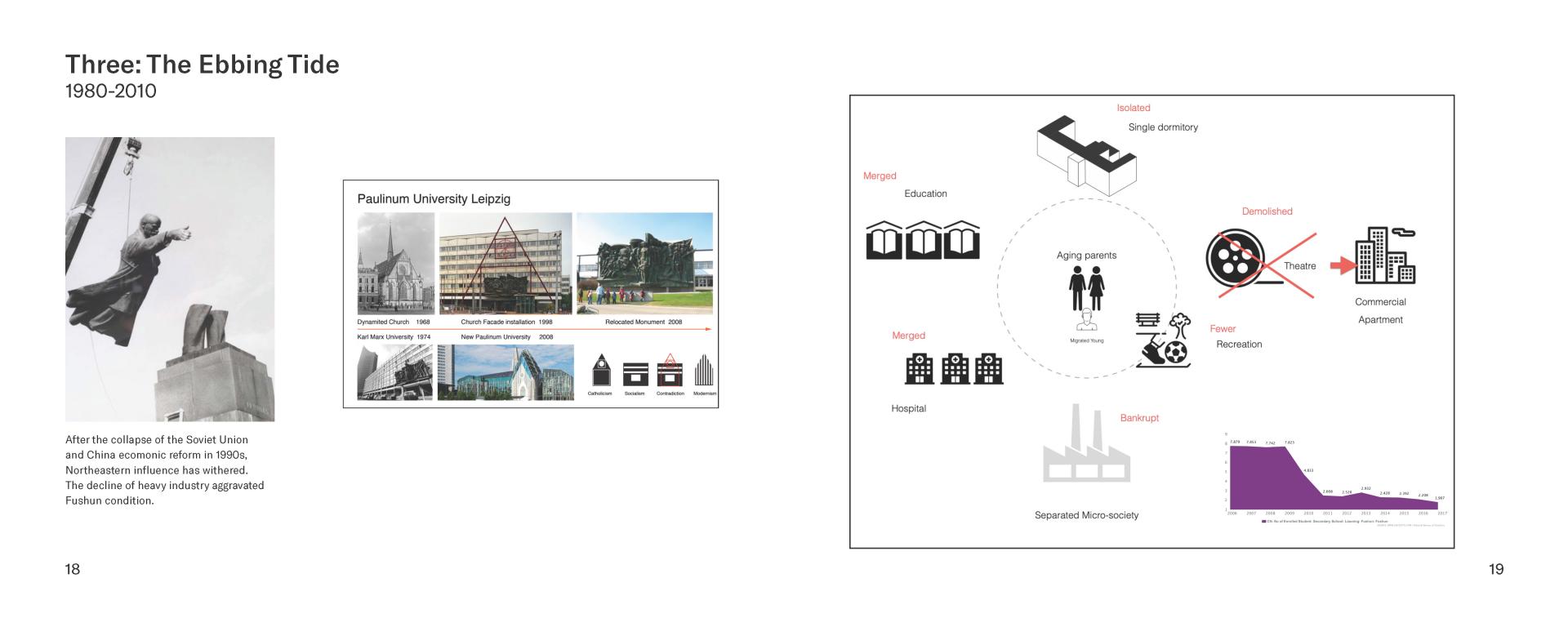
Image
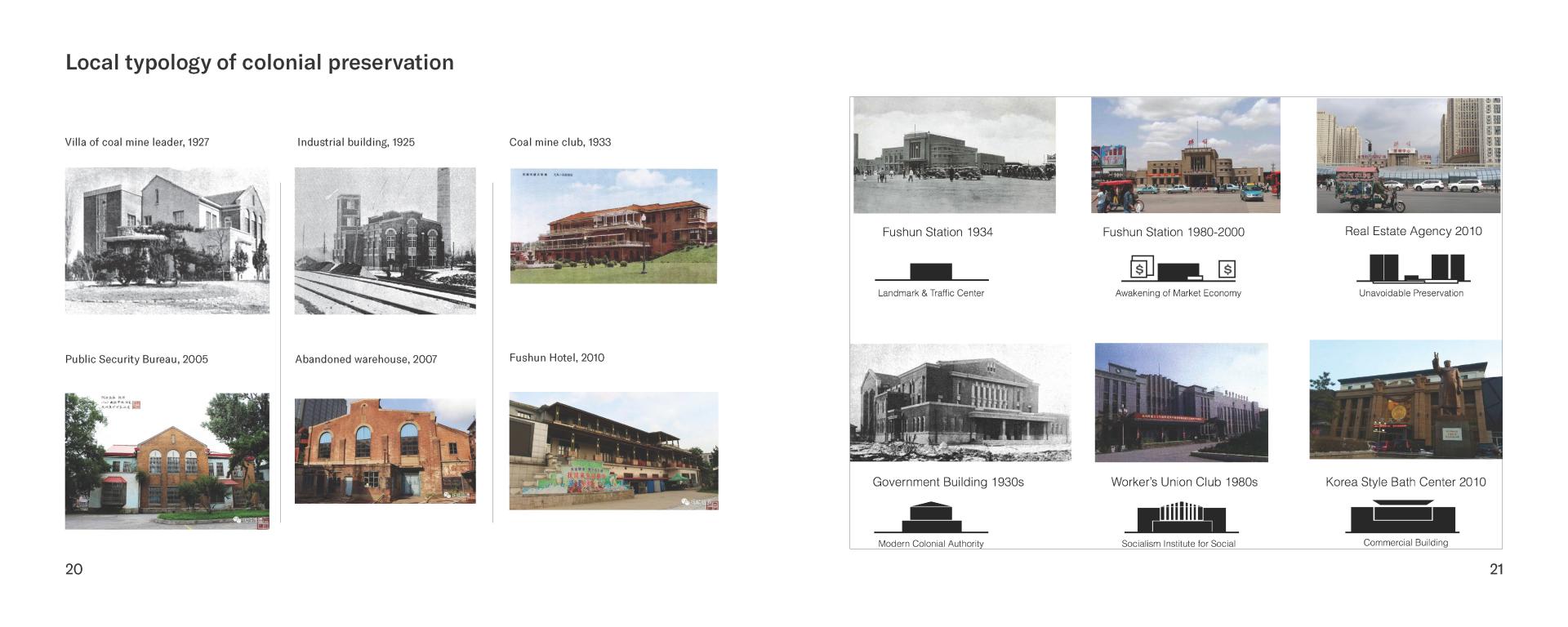
Image
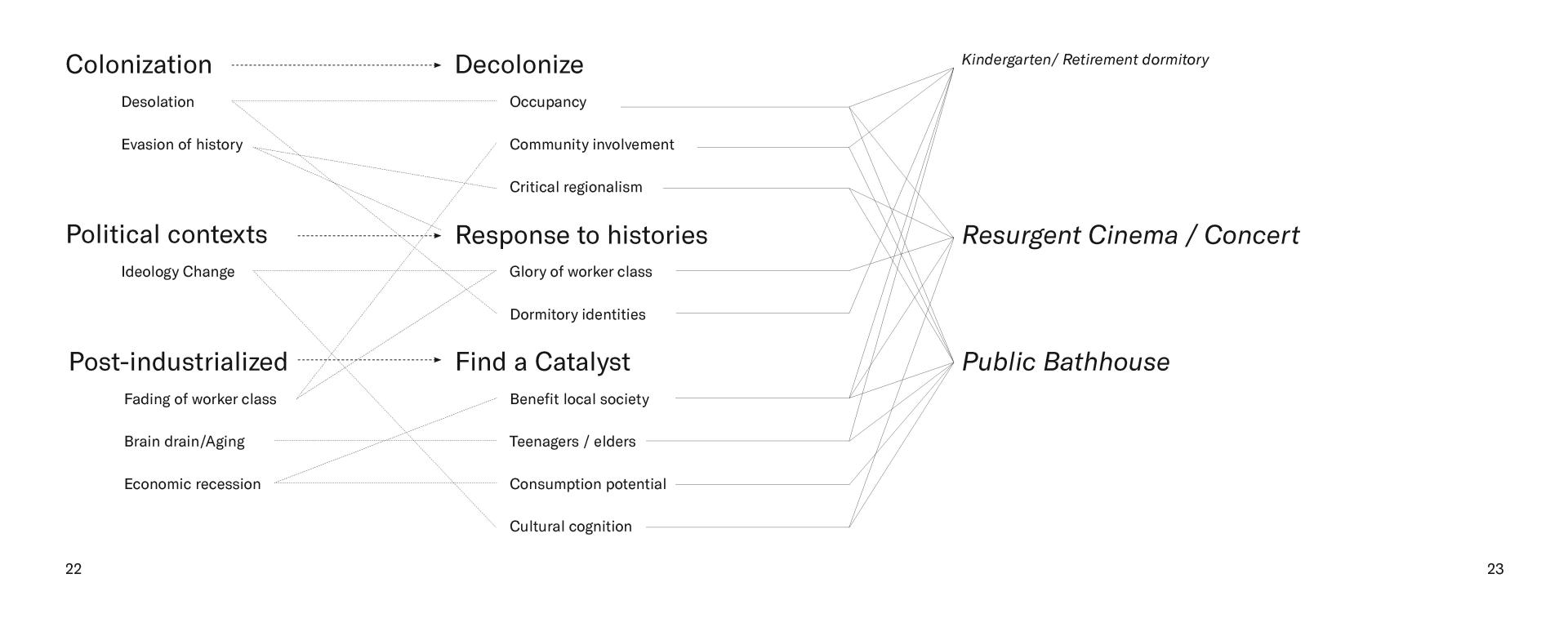
Image
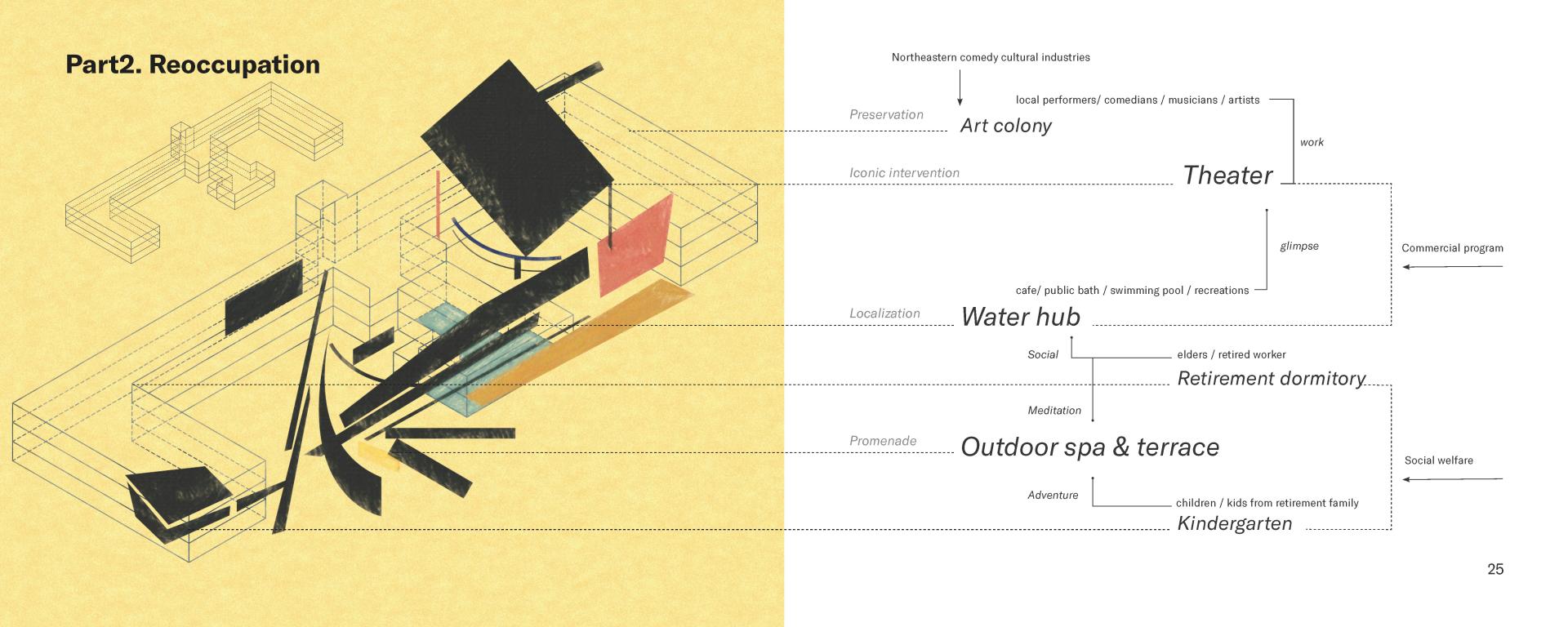
Image
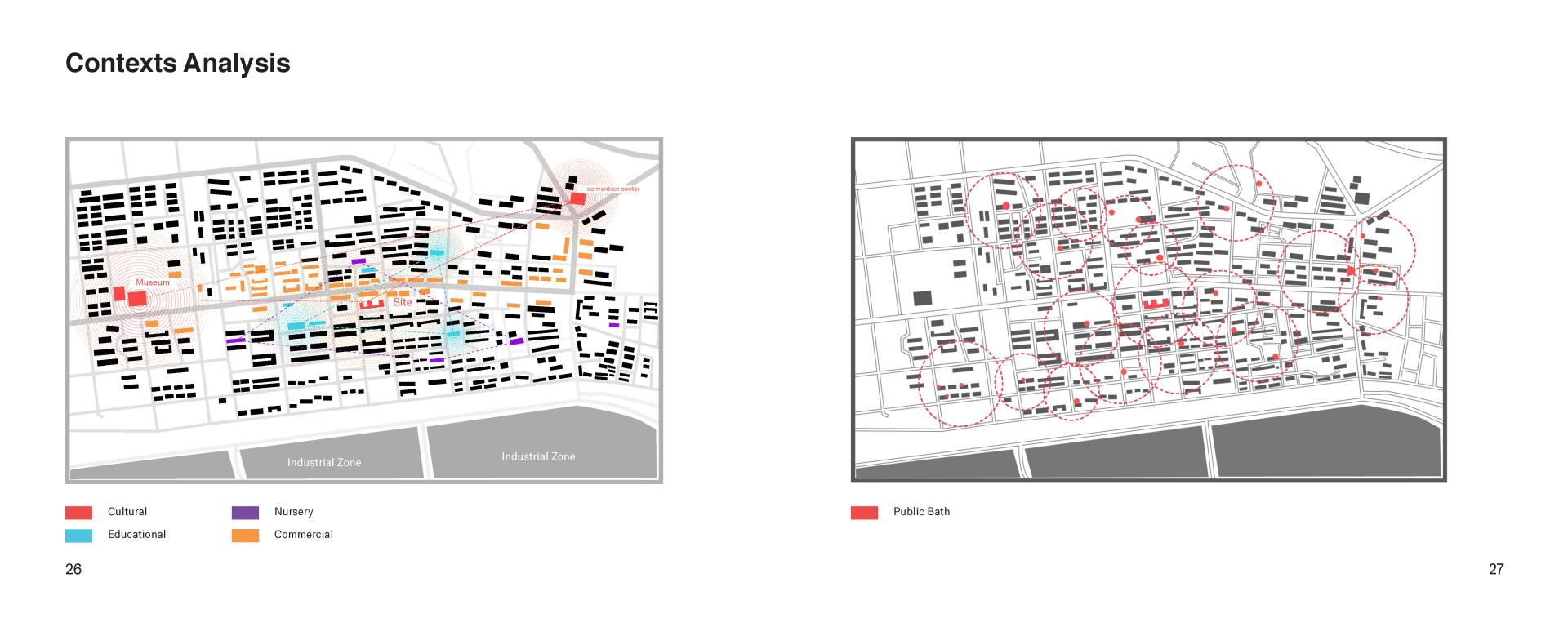
Image
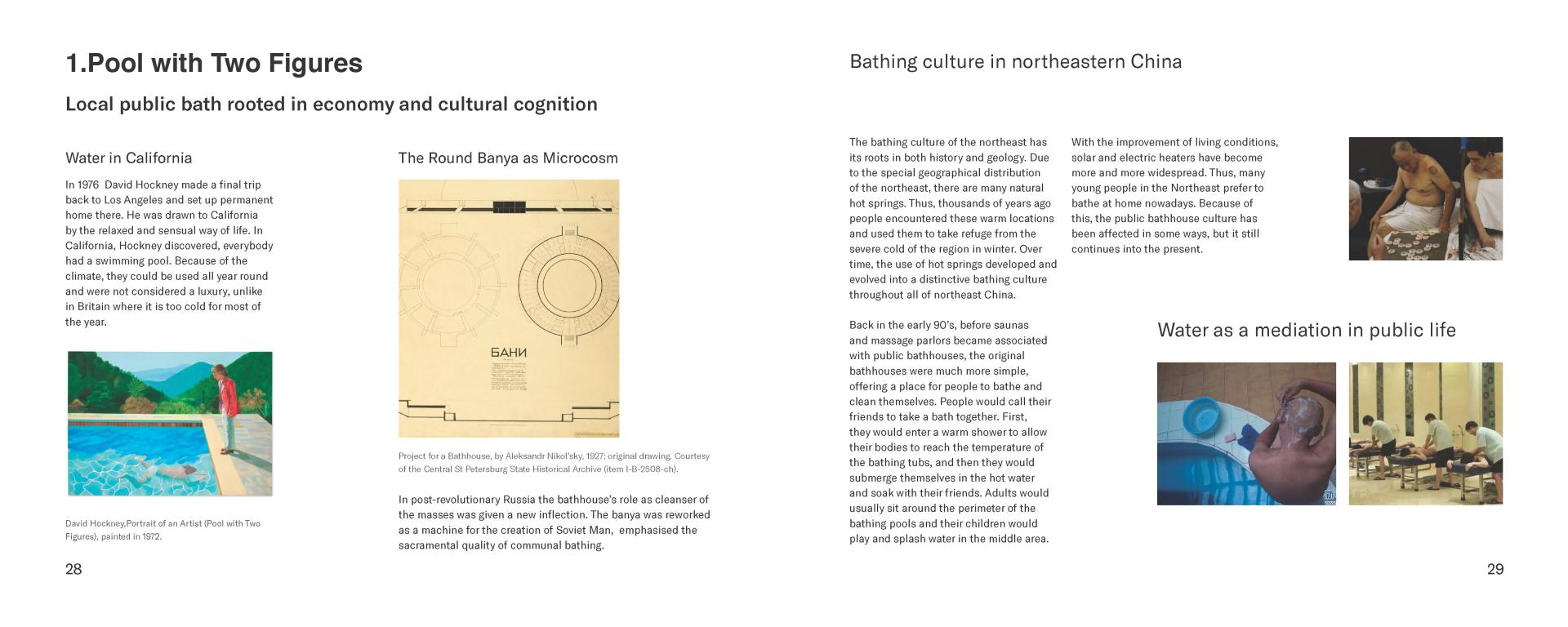
Image
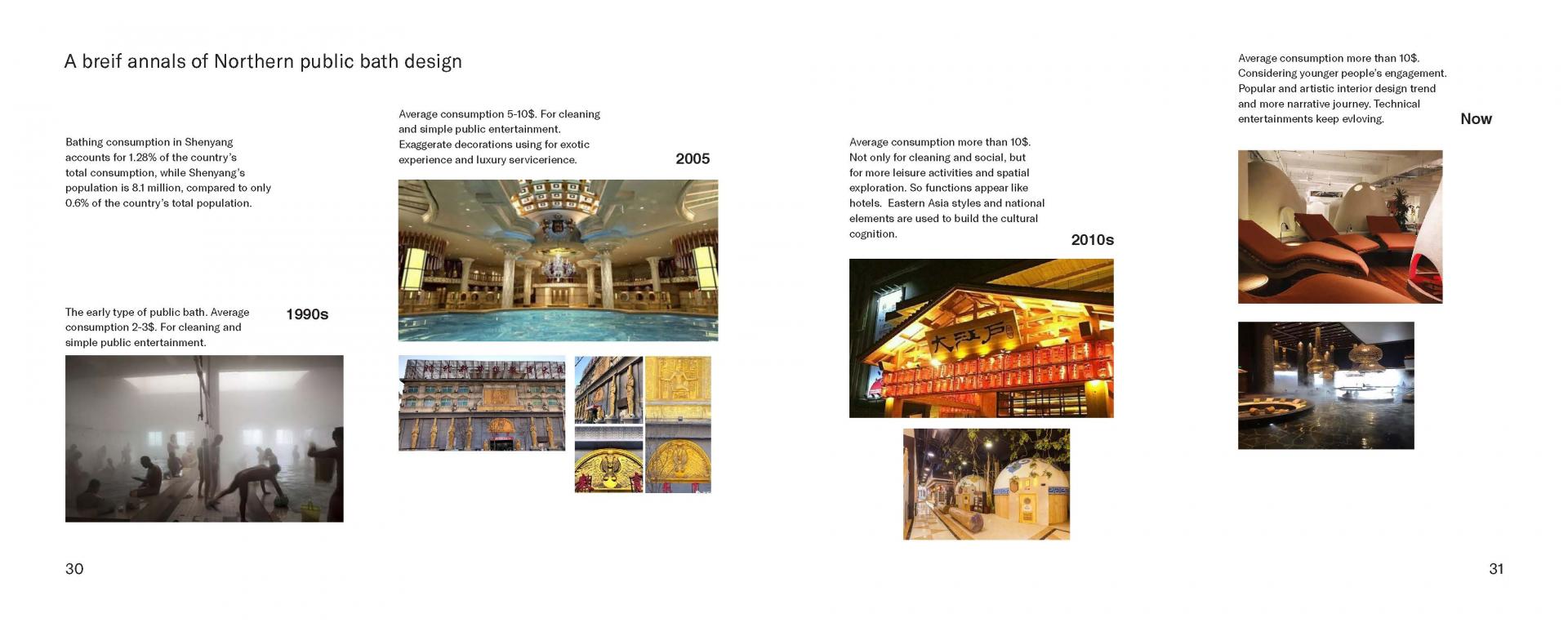
Image
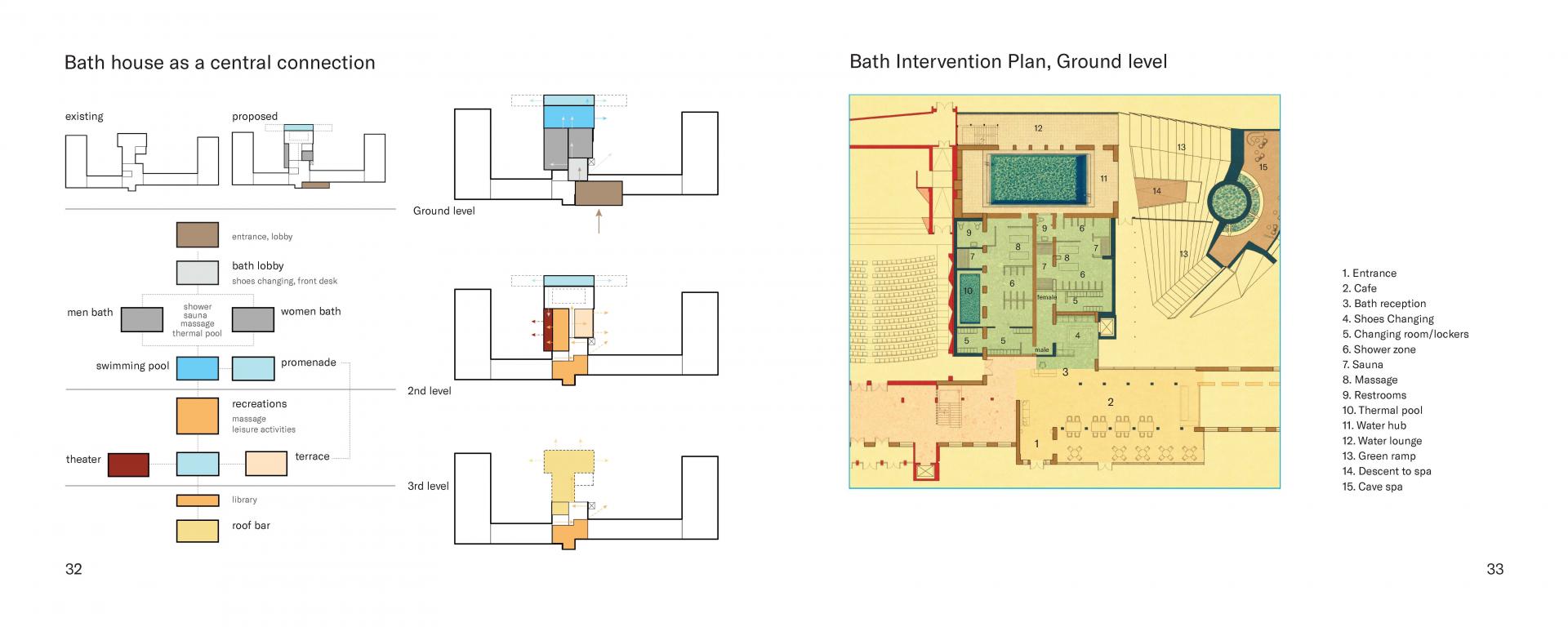
Image
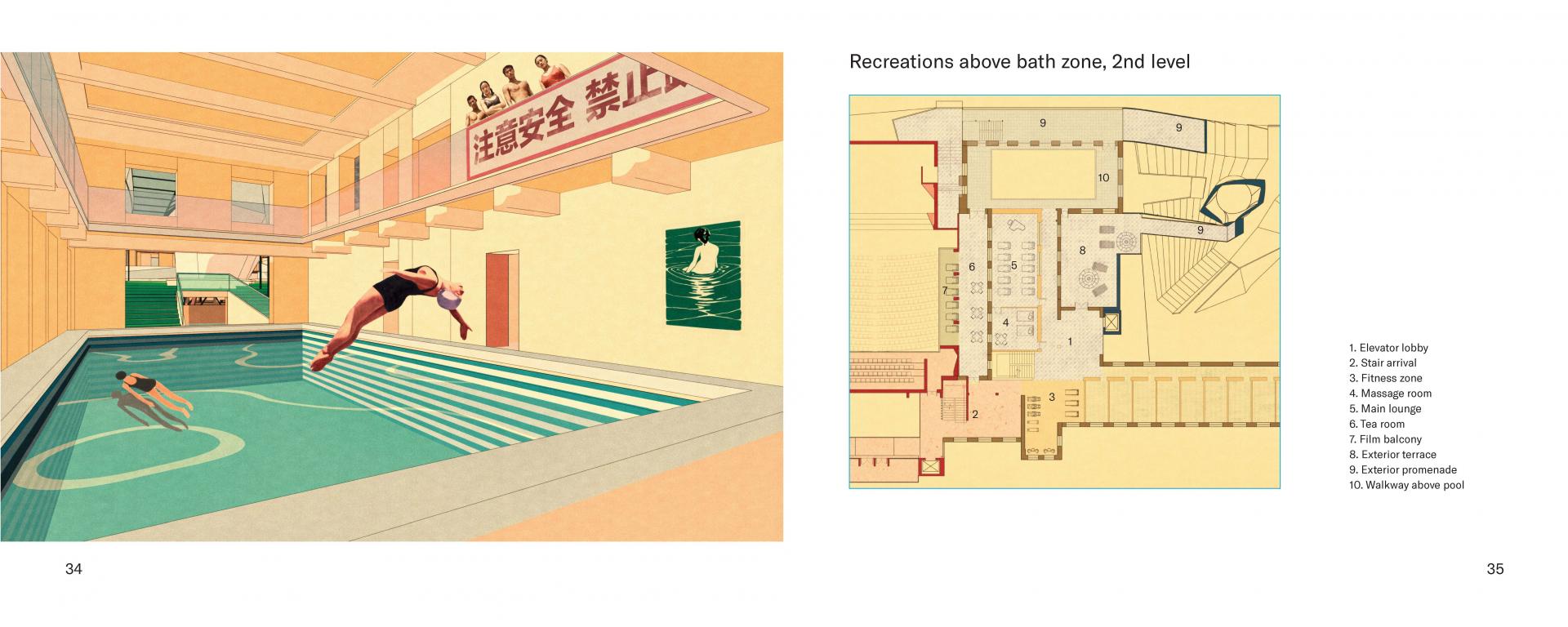
Image
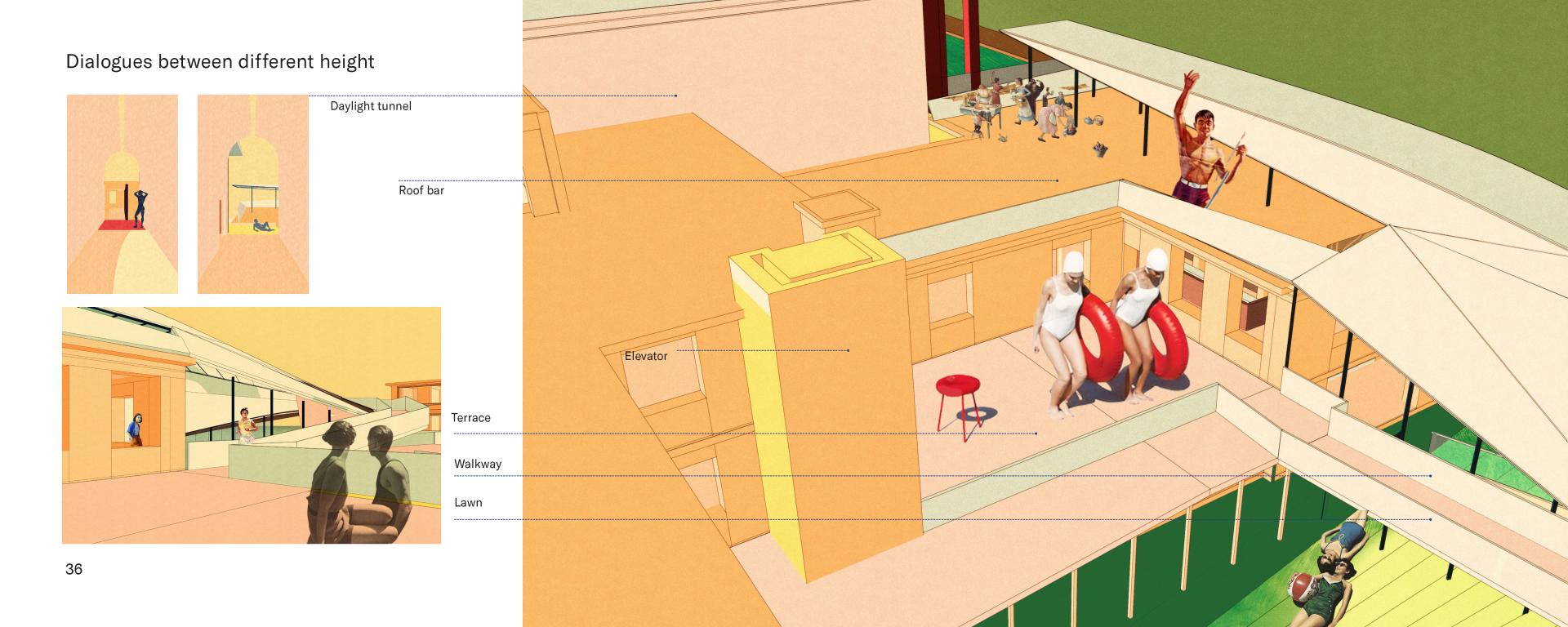
Image

Image
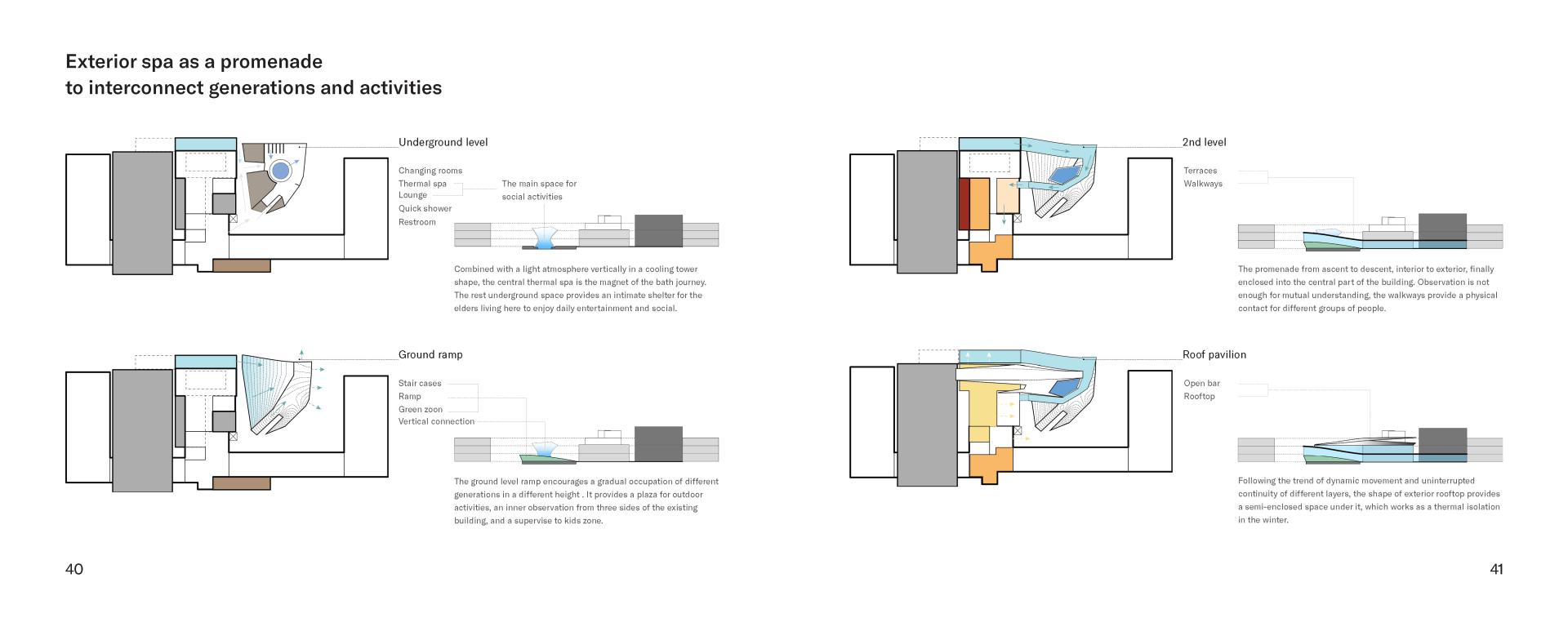
Image
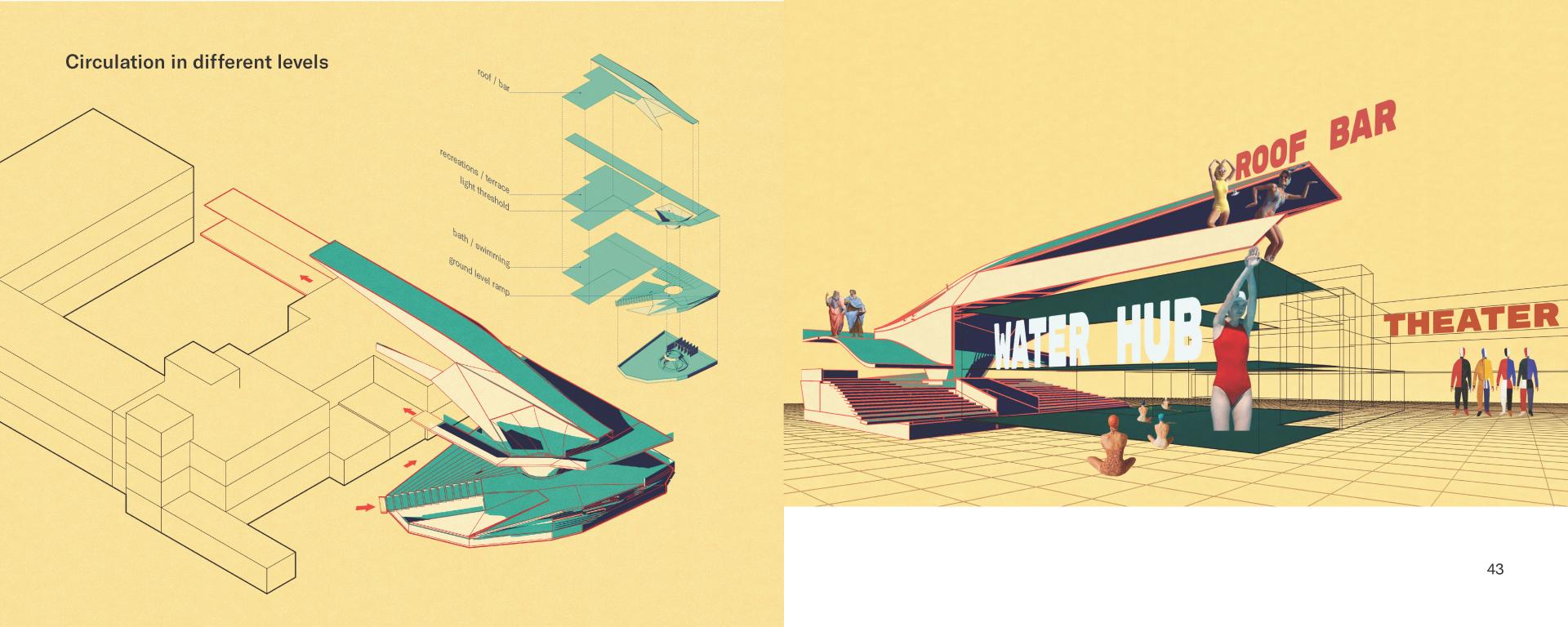
Image
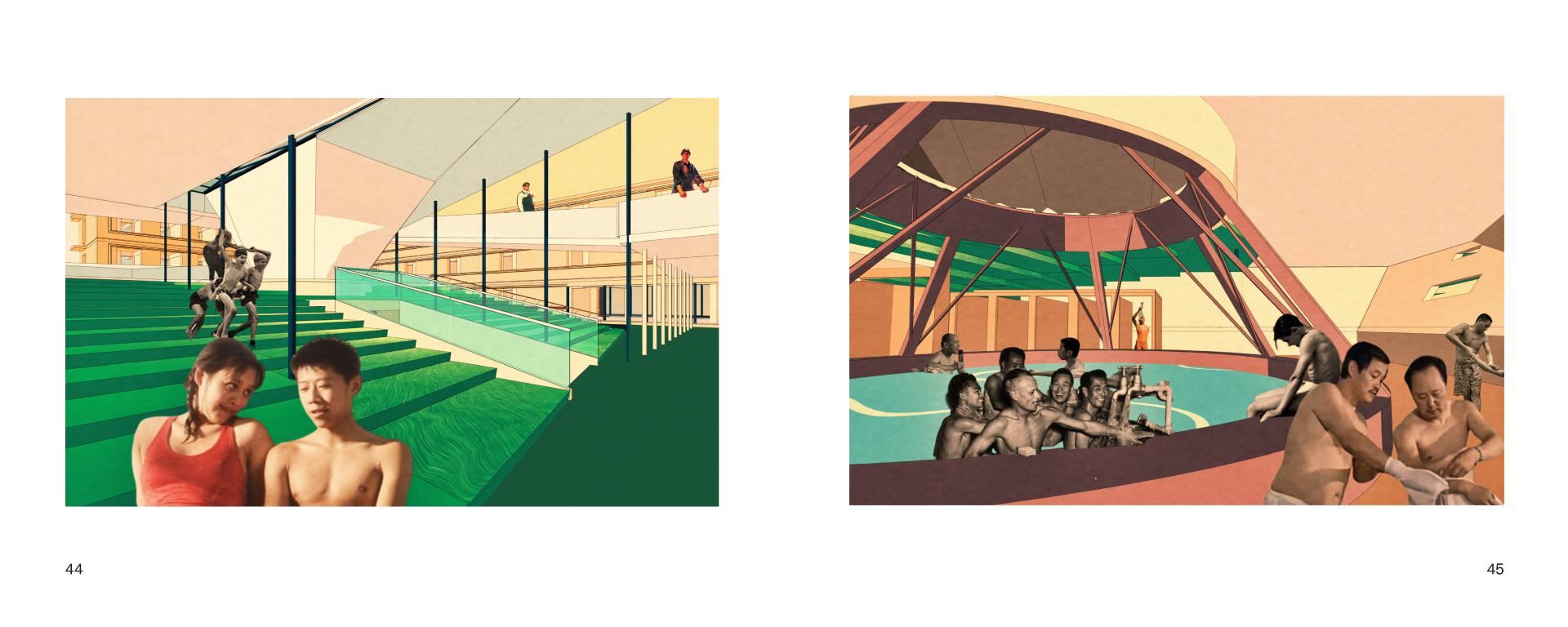
Image

Image
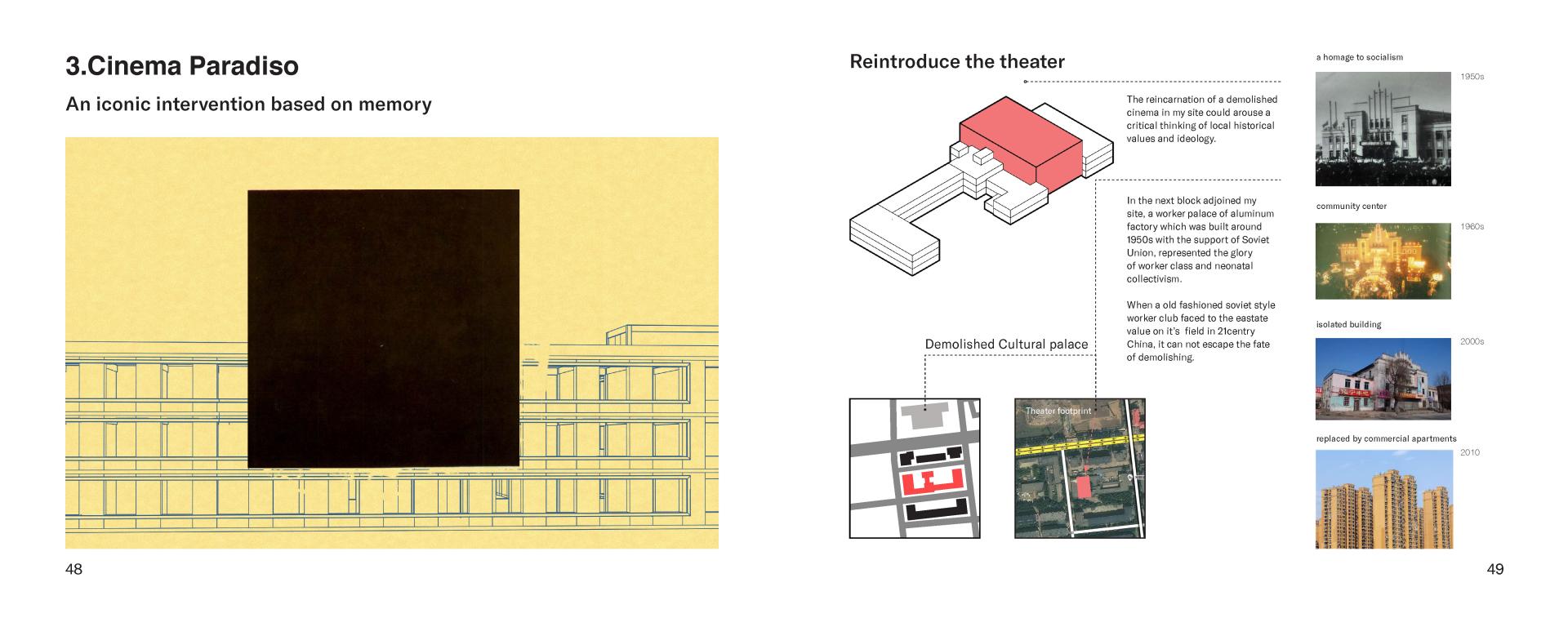
Image

Image

Image
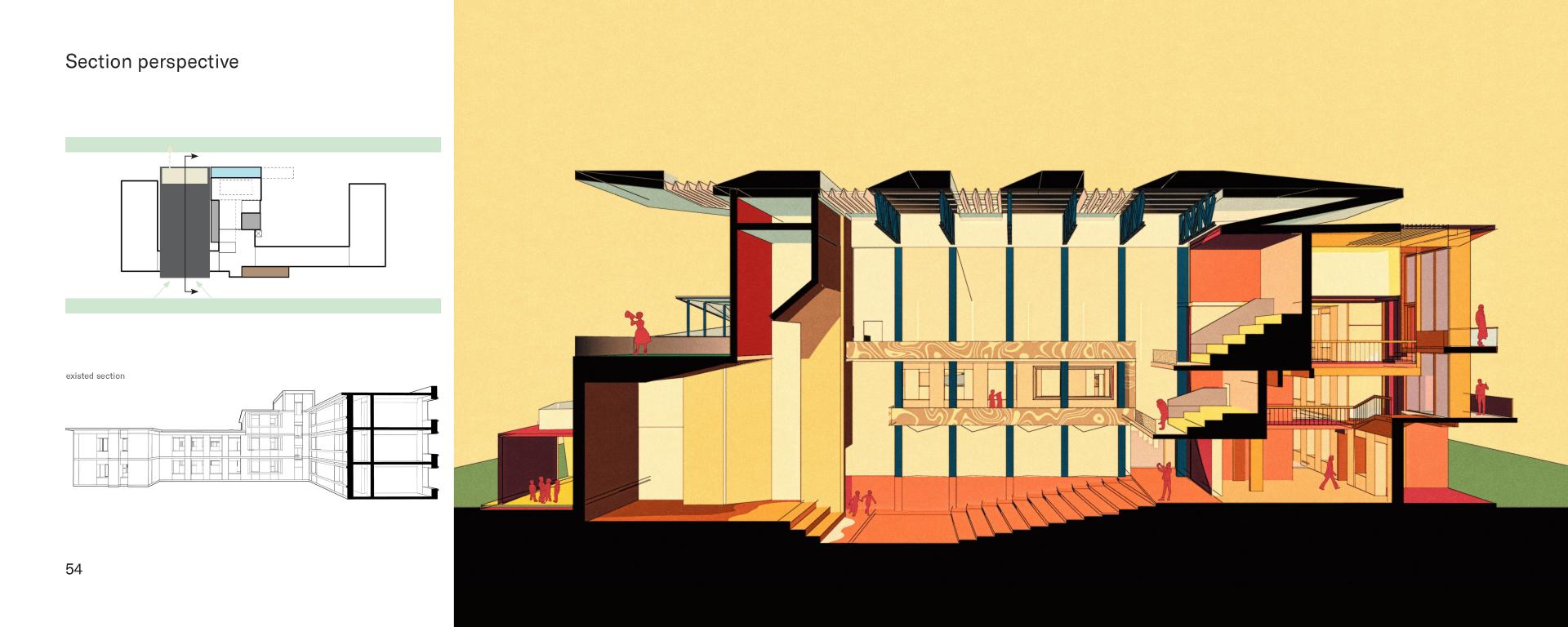
Image
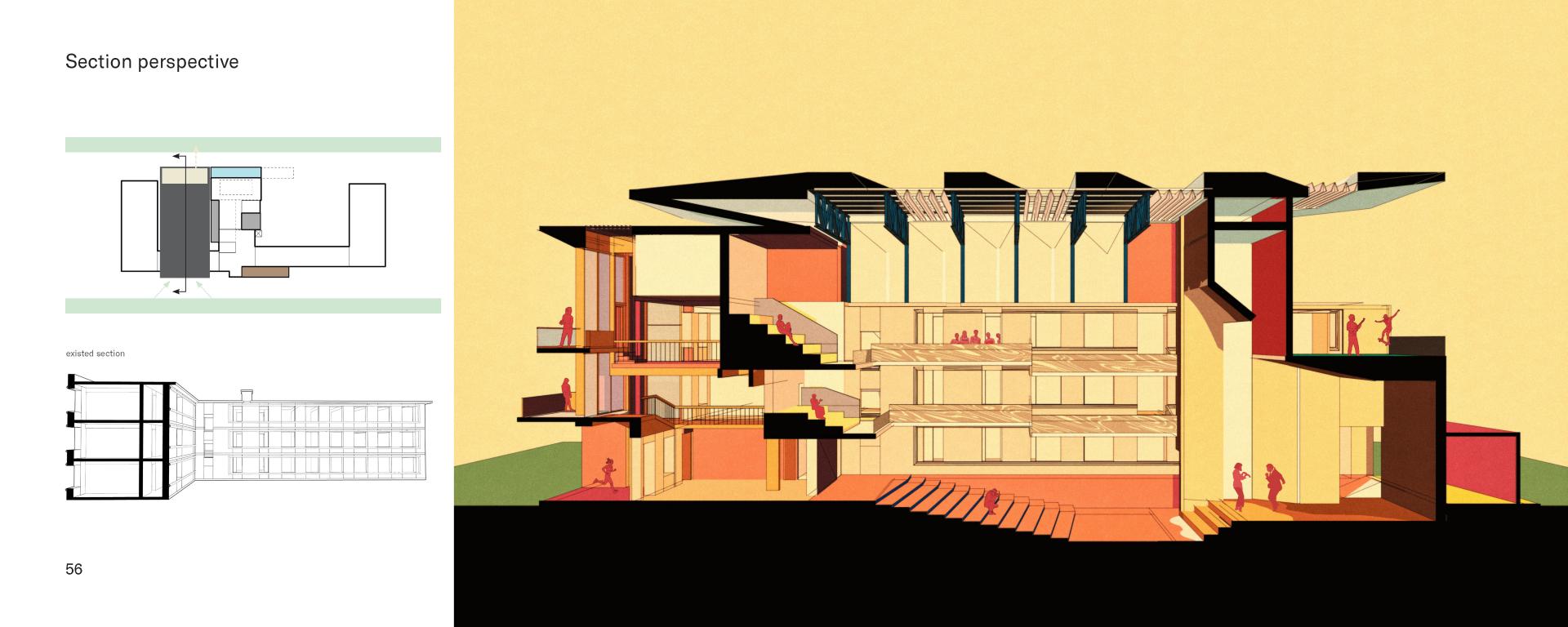
Image

Image
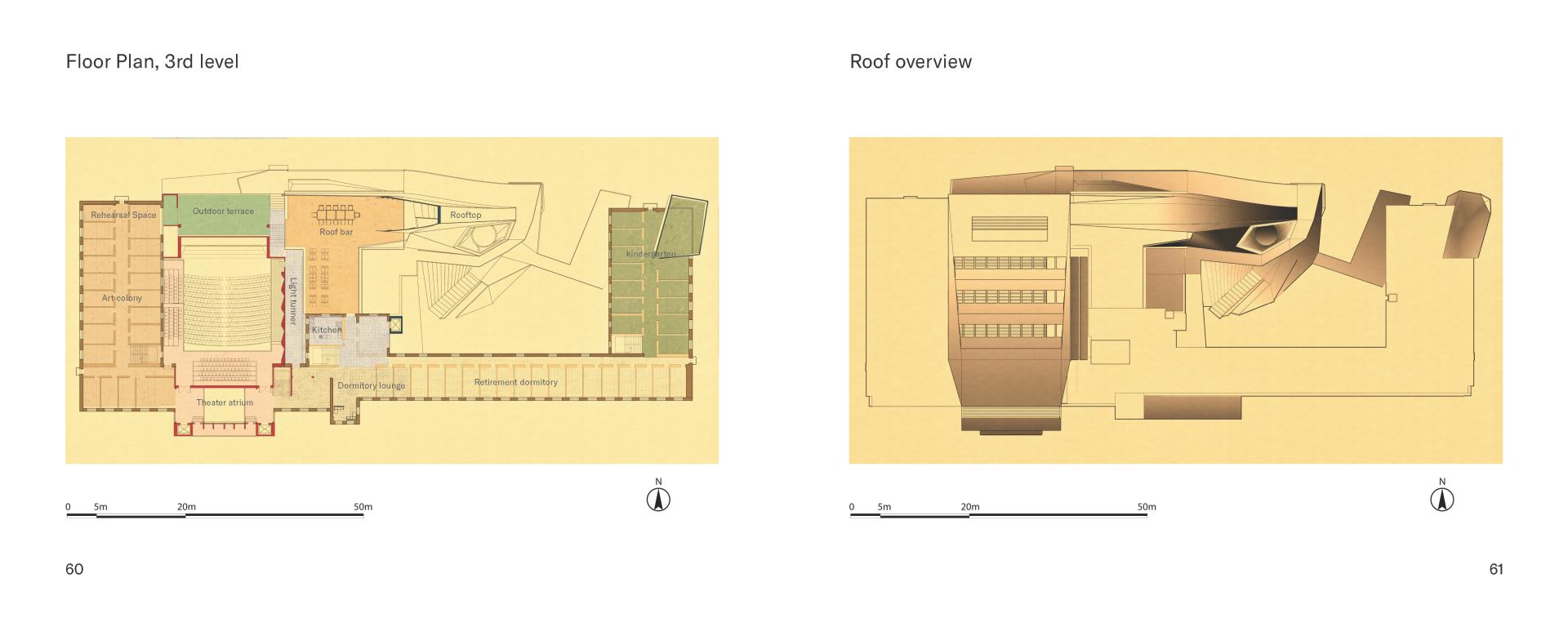
Image

Image

Image

Image

Image

Image
